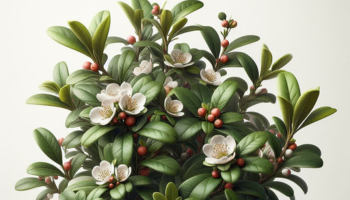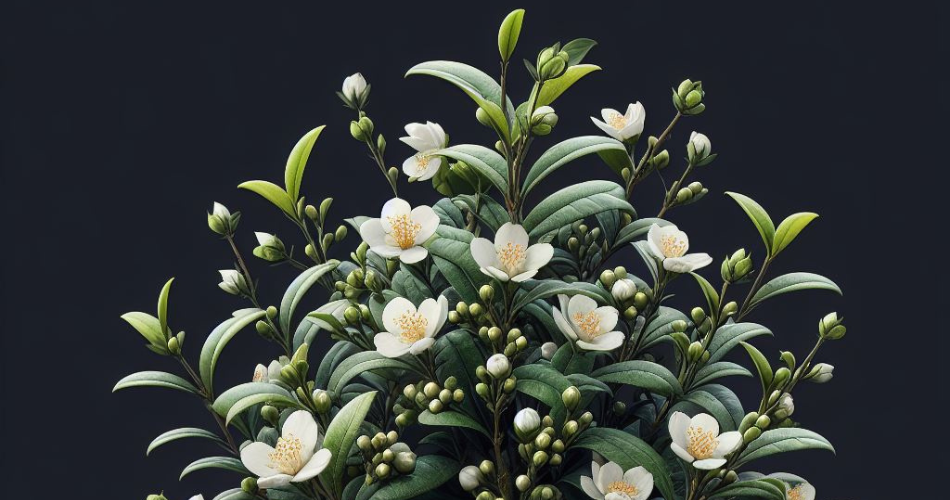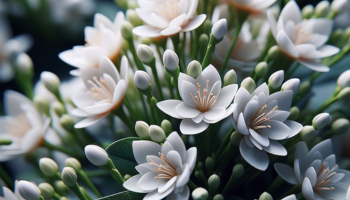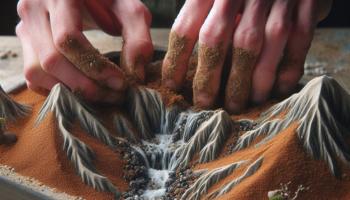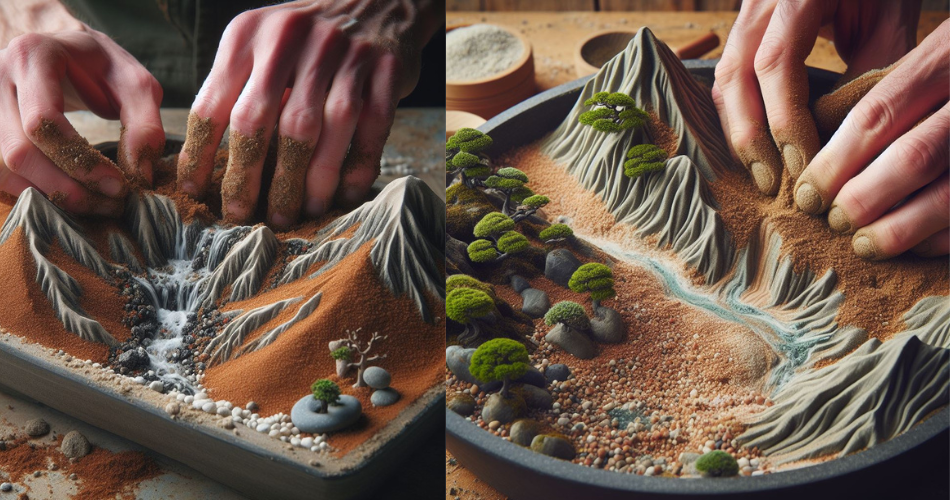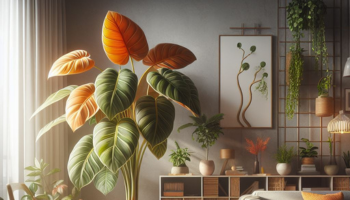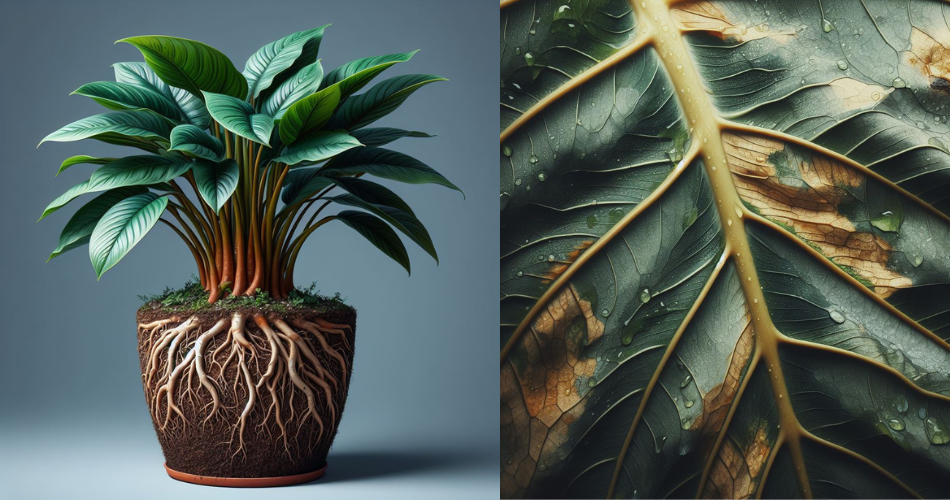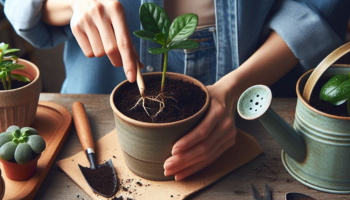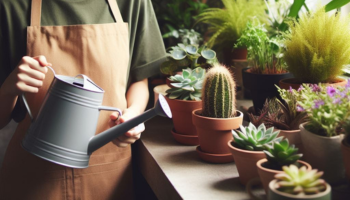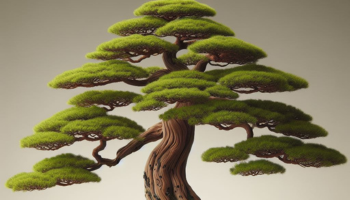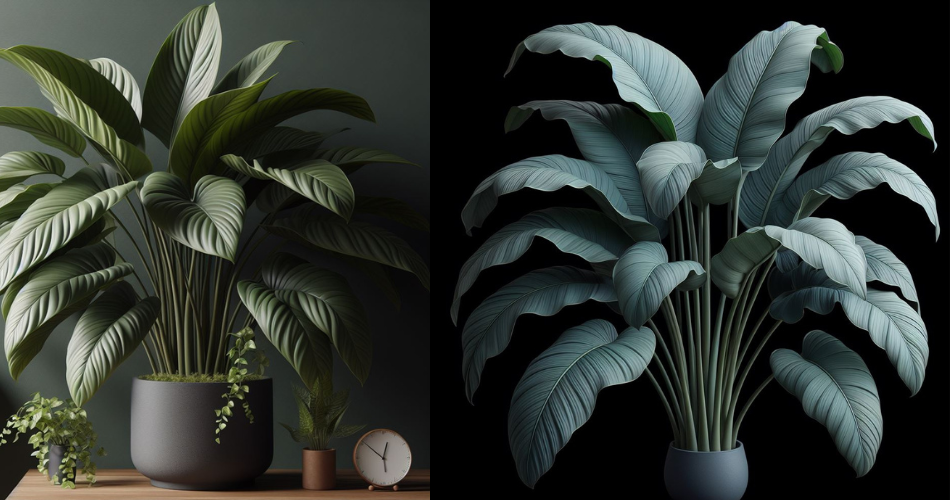
Welcome to the world of Philodendron Paraiso Verde, a stunning plant known for its lush green foliage and unique beauty. In this article, we will dive into the essential care tips that will help you nurture and maintain a healthy Philodendron Paraiso Verde in your home or garden. Whether you are a seasoned plant enthusiast or a beginner looking to add a touch of tropical elegance to your space, this comprehensive guide will provide you with all the information you need to ensure the thriving growth of your Philodendron Paraiso Verde. From understanding its characteristics to mastering the right watering techniques and providing optimal light conditions, let’s embark on a journey to unlock the secrets of caring for this magnificent plant.
1.1 What is Philodendron Paraiso Verde?
If you’re in search of a plant that brings a touch of paradise to your indoor space, look no further than the Philodendron Paraiso Verde. This tropical beauty is a member of the Philodendron family, known for its lush foliage and low-maintenance care requirements. With its vibrant green leaves and unique shape, the Paraiso Verde is a real showstopper that is sure to turn heads.
1.2 Features and Characteristics of Philodendron Paraiso Verde
The Philodendron Paraiso Verde boasts some impressive features that make it a must-have for any plant enthusiast. Its heart-shaped leaves have a glossy texture and are often marbled with shades of green, creating an eye-catching display. With its vining nature, this plant can be trained to climb or cascade, making it a versatile addition to any space. Growing up to 3 feet in height, the Paraiso Verde adds a touch of elegance and drama to any room.
2. Choosing the Right Location for Your Philodendron Paraiso Verde
2.1 Understanding Light Requirements
The Philodendron Paraiso Verde thrives in bright, indirect light. While it can tolerate lower light conditions, it’s best to place it near a window where it can receive filtered sunlight throughout the day. Avoid exposing it to direct sunlight as it can scorch the leaves. If you notice your Paraiso Verde reaching towards the light, it’s a sign that it needs more brightness.
2.2 Considerations for Indoor and Outdoor Placement
Whether you choose to grow your Paraiso Verde indoors or outdoors, there are a few key things to keep in mind. Indoors, it’s important to find a spot away from drafts and temperature fluctuations. Outdoors, this plant thrives in warm climates but should be protected from strong winds. So, whether it’s a cozy corner inside your living room or a sheltered patio outside, make sure to find the perfect spot for your Paraiso Verde to flourish.
3. Soil and Potting Requirements for Philodendron Paraiso Verde
3.1 Choosing the Right Soil Mix
The Philodendron Paraiso Verde prefers a well-draining soil mix that holds moisture without becoming waterlogged. A mix of peat moss, perlite, and potting soil works well to create the ideal growing environment. This combination allows for proper aeration and prevents overwatering, which can lead to root rot. Remember, the right soil mix is the foundation for a happy and healthy Paraiso Verde.
3.2 Proper Pot Selection and Size
When it comes to potting your Philodendron Paraiso Verde, choose a container that provides enough room for growth. Opt for a pot with drainage holes to ensure excess water can escape. As the Paraiso Verde grows, you may need to repot it into a larger container. However, avoid going too big too soon, as a pot that is too large can lead to waterlogging and root issues. Strike a balance between providing enough space for your plant to thrive and maintaining proper drainage.
4. Watering and Humidity Needs for Philodendron Paraiso Verde
4.1 Establishing a Watering Routine
When it comes to watering your Philodendron Paraiso Verde, the key is to find a balance. Allow the top inch of soil to dry out between watering sessions, as overwatering can lead to root rot. Stick your finger into the soil, and if it feels dry, it’s time to water. Remember, it’s always better to underwater than overwater, as this resilient plant can tolerate short periods of drought.
4.2 Maintaining Optimal Humidity Levels
Being a tropical plant, the Philodendron Paraiso Verde appreciates higher humidity levels. If you’re growing it indoors, you can increase humidity by placing a tray filled with water near the plant or using a humidifier. Misting the leaves occasionally can also help mimic its natural habitat. However, be cautious not to overdo it, as excessive moisture can encourage fungal growth. Maintain a humidity level of around 50-60% to keep your Paraiso Verde happy and thriving.
Now armed with these care tips, you can confidently welcome the Philodendron Paraiso Verde into your home or garden. Enjoy the beauty of this tropical gem and watch it transform your space into a verdant paradise. Happy plant parenting!
5. Philodendron Paraiso Verde: Light and Temperature Preferences
5.1 Ideal Light Conditions for Healthy Growth
When it comes to lighting preferences, the Philodendron Paraiso Verde knows what it wants, and that’s bright, indirect light. Think of it as the plant’s equivalent of hanging out in a trendy café, where it can soak up the vibes without getting roasted by the sun. Place your Philodendron Paraiso Verde near a window with filtered light, or if you’re feeling adventurous, try an indoor bright spot.
5.2 Temperature Range and Sensitivity
While the Philodendron Paraiso Verde is a tough cookie, it has its limits when it comes to temperature. It prefers a cozy environment between 65-80°F (18-27°C), so keep it away from drafty windows or air conditioning vents. This plant isn’t a fan of extreme temperatures, so try to keep it in the Goldilocks zone for optimal growth and happiness.
6. Fertilizing and Pruning Your Philodendron Paraiso Verde
6.1 Understanding Fertilizer Requirements
Just like humans need their morning coffee, Philodendron Paraiso Verde needs its nutrients to stay energized and thriving. Feed it with a balanced, water-soluble fertilizer during the growing season (spring and summer), and dial it back during the fall and winter when it takes a break. Remember, moderation is key – nobody wants an over-caffeinated plant!
6.2 Pruning Tips for Maintaining Shape and Health
Pruning can be a plant parent’s version of a spa day – it helps maintain the Philodendron Paraiso Verde’s shape and encourages healthy growth. To keep your plant looking its best, trim any yellowing or dead leaves with clean shears. You can also pinch off leggy stems to promote bushiness. Just make sure not to go overboard and end up giving your plant an unplanned buzz cut. Trust me, it won’t thank you for it!
7. Common Pests and Diseases of Philodendron Paraiso Verde
7.1 Identifying and Treating Common Pests
Nobody likes uninvited guests, especially when they come in the form of pests on your Philodendron Paraiso Verde. Keep an eye out for mealybugs, spider mites, and aphids, which can wreak havoc on your plant’s well-being. If you spot any of these critters, gently wipe them off with a damp cloth or try a natural insecticidal soap. Remember, a little pest control goes a long way in keeping your plant pest-free and happy.
7.2 Recognizing and Managing Common Diseases
Even the strongest plants can fall ill, and the Philodendron Paraiso Verde is no exception. Keep an eye out for signs of root rot, caused by overwatering or poorly-draining soil, and yellow or wilting leaves, which could indicate a nutrient deficiency. If you detect any of these symptoms, adjust your watering routine and consider repotting with fresh soil. And don’t forget to give your plant some extra TLC to help it bounce back to its healthy self.
8. Propagation and Repotting Techniques for Philodendron Paraiso Verde
8.1 Propagation Methods for Expanding Your Collection
Ready to grow your Philodendron Paraiso Verde family? You can easily propagate this plant through stem cuttings. Simply take a healthy stem, about 4-6 inches in length, and remove the lower leaves. Place the cutting in a jar of water, ensuring the nodes are submerged, and wait for roots to develop. Once the roots are about an inch long, transfer the cutting to a pot with well-draining soil, and voila – you’ve got yourself a new Philodendron Paraiso Verde!
8.2 Repotting Guidelines for Healthy Growth
As your Philodendron Paraiso Verde grows and thrives, it may outgrow its current pot. When the time comes, give it a roomier home by repotting it into a slightly larger container with fresh, well-draining soil. Remember, your plant will thank you for the extra space, but don’t go overboard with pot size – too much room can make it feel lost and lonely. Just like us, sometimes plants crave a cozy space to call their own.
By following the care tips outlined in this article, you are well-equipped to cultivate a thriving Philodendron Paraiso Verde. Remember to provide it with the right amount of light, water, and humidity, and to regularly fertilize and prune to maintain its health and shape. Stay vigilant against common pests and diseases, and don’t hesitate to propagate or repot as needed. With dedication and care, your Philodendron Paraiso Verde will reward you with its vibrant foliage and stunning presence, bringing a touch of natural beauty into your home or garden.
FAQ
1. How often should I water my Philodendron Paraiso Verde?
The watering frequency for Philodendron Paraiso Verde can vary depending on various factors such as temperature, humidity, and soil moisture. In general, it is recommended to water the plant thoroughly when the top inch of the soil feels dry. However, avoid overwatering as it can lead to root rot. It’s always a good idea to check the moisture level of the soil before watering.
2. Does Philodendron Paraiso Verde require direct sunlight?
While Philodendron Paraiso Verde prefers bright, indirect light, it can tolerate some amount of direct sunlight. However, prolonged exposure to intense sunlight can cause the leaves to burn or develop sunscald. It’s best to place your Philodendron Paraiso Verde in a location with filtered or dappled light to provide optimal growing conditions.
3. Can I propagate Philodendron Paraiso Verde from cuttings?
Yes, Philodendron Paraiso Verde can be successfully propagated from stem cuttings. Select a healthy stem with a few leaves and remove any lower leaves. Place the cutting in a container with water or a well-draining potting mix, and provide it with warm temperatures and indirect light. After a few weeks, roots will start to develop, and you can transfer the cutting to a new pot once the roots have grown sufficiently.
4. How often should I fertilize my Philodendron Paraiso Verde?
During the growing season, which is typically spring and summer, you can fertilize your Philodendron Paraiso Verde every two to four weeks. Use a balanced liquid fertilizer diluted to half the recommended strength to avoid overfertilization. During the dormant period in winter, it’s best to reduce or suspend fertilization as the plant’s growth slows down.
Is Philodendron Paraiso Verde indoor or outdoor plant?
Philodendron Paraiso Verde is mainly an indoor plant, although it can survive outdoors in specific conditions.
Indoors:
- Thrives: Philodendron Paraiso Verde prefers the consistent temperature and humidity of indoors. It does well in medium to bright indirect light, making it a perfect houseplant for most rooms.
- Easy care: It’s relatively easy to care for, requiring moderate watering and well-draining soil.
- Fast growth: With proper care, it can grow several feet in a single season.
Outdoors:
- Survives: It can tolerate warm, humid climates outdoors, but only in frost-free zones.
- Needs protection: It requires protection from direct sunlight, strong winds, and cold temperatures.
- Limited growth: Outdoor growth might be slower compared to indoors.
Overall, Philodendron Paraiso Verde is best suited for indoor living. If you live in a suitable climate and can provide adequate protection, you can try growing it outdoors, but be prepared for slower growth and potential challenges.
Do Paraiso Verde need moss pole?
es, Philodendron Paraiso Verde (often just called Paraiso Verde) would really benefit from a moss pole. While it’s not strictly required, having a moss pole for your Paraiso Verde offers several advantages:
- Support for climbing: Paraiso Verde is a natural climber in its native habitat, and providing a moss pole mimics the support it would find in the wild. This allows the plant to grow taller and sturdier, preventing it from becoming leggy or drooping.
- Enhanced leaf variegation: When your Paraiso Verde can climb, its aerial roots will attach to the moss pole, encouraging the growth of larger, more vibrantly variegated leaves.
- Aesthetics: A climbing Paraiso Verde with lush foliage cascading down a moss pole is simply more visually appealing than one that’s sprawling or drooping.
- Therefore, while your Paraiso Verde can survive without a moss pole, it will thrive and look its best with one. You can easily find moss poles at most garden centers or online retailers.
- Here are some additional things to keep in mind when using a moss pole with your Paraiso Verde:
- Choose the right size: The moss pole should be tall enough to accommodate the plant’s current height and anticipated future growth.
- Position the pole: Place the moss pole in the pot at an angle, leaning slightly towards the direction you want the plant to climb.
- Secure the plant: Gently guide the aerial roots of your Paraiso Verde onto the moss pole and secure them with plant ties or clips.
- Keep the moss pole moist: Regularly mist the moss pole to keep it damp, which will encourage the aerial roots to attach.
- With a little care and attention, your Paraiso Verde will happily climb its moss pole and reward you with beautiful, healthy growth.


